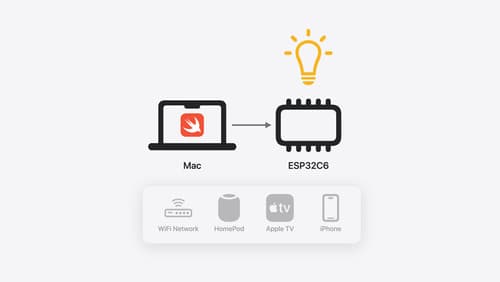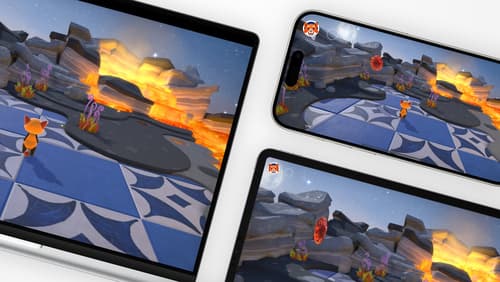How do I get started in iOS development?
Asked on 2024-07-31
1 search
To get started in iOS development, you can follow these steps:
-
Learn Swift and SwiftUI: Swift is the programming language used for iOS development, and SwiftUI is a framework for building user interfaces. Apple's SDKs provide all the tools you need to build apps using these technologies.
-
Use Xcode: Xcode is the integrated development environment (IDE) for macOS that contains a suite of software development tools for developing software for macOS, iOS, iPadOS, watchOS, and tvOS. It includes a code editor, simulators, and tools for debugging and performance analysis.
-
Explore Apple's SDKs: Apple's SDKs offer a wide range of functionalities that you can use to build your apps. These SDKs are optimized for performance and are the same tools and frameworks that Apple uses.
-
Utilize Swiftassist: Swiftassist is a new tool introduced by Apple that can help with coding tasks, answer coding questions, and assist with experimenting with new APIs. It can be particularly useful for prototyping and visualizing ideas quickly.
-
Experiment and Test: Use simulators in Xcode to rapidly experiment with your app on different Apple devices and OS versions. Detailed performance insights can be gained using tools like Instruments.
-
Distribute Your App: Once your app is ready, you can test and distribute it to users using Xcode Cloud.
For a more detailed introduction, you can refer to the Platforms State of the Union session from WWDC 2024, which provides an overview of the tools and technologies available for iOS development.
Relevant Sessions
These sessions will give you a comprehensive understanding of the tools and frameworks you need to get started with iOS development.

Go small with Embedded Swift
Embedded Swift brings the safety and expressivity of Swift to constrained environments. Explore how Embedded Swift runs on a variety of microcontrollers through a demonstration using an off-the-shelf Matter device. Learn how the Embedded Swift subset packs the benefits of Swift into a tiny footprint with no runtime, and discover plenty of resources to start your own Embedded Swift adventure.

Design advanced games for Apple platforms
Learn how to adapt your high-end game so it feels at home on Mac, iPad, and iPhone. We’ll go over how to make your game look stunning on different displays, tailor your input and controls to be intuitive on each device, and take advantage of Apple technologies that deliver great player experiences.

Platforms State of the Union
Discover the newest advancements on Apple platforms.
